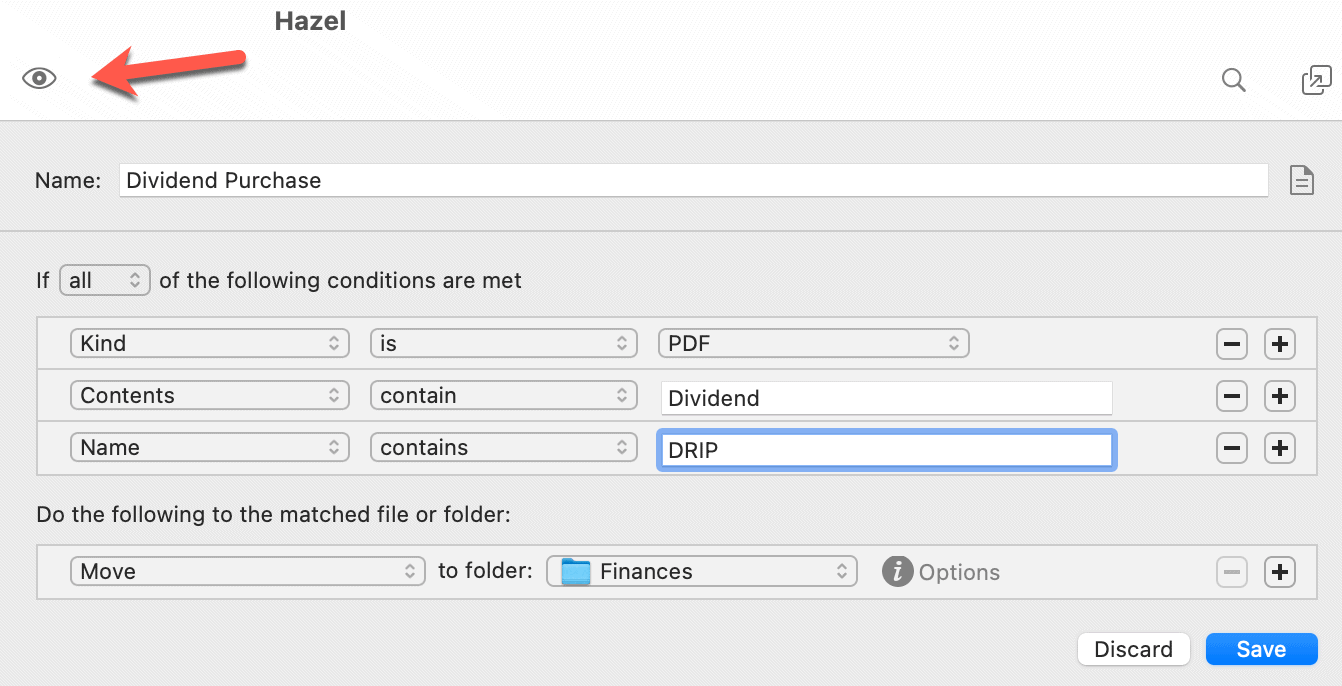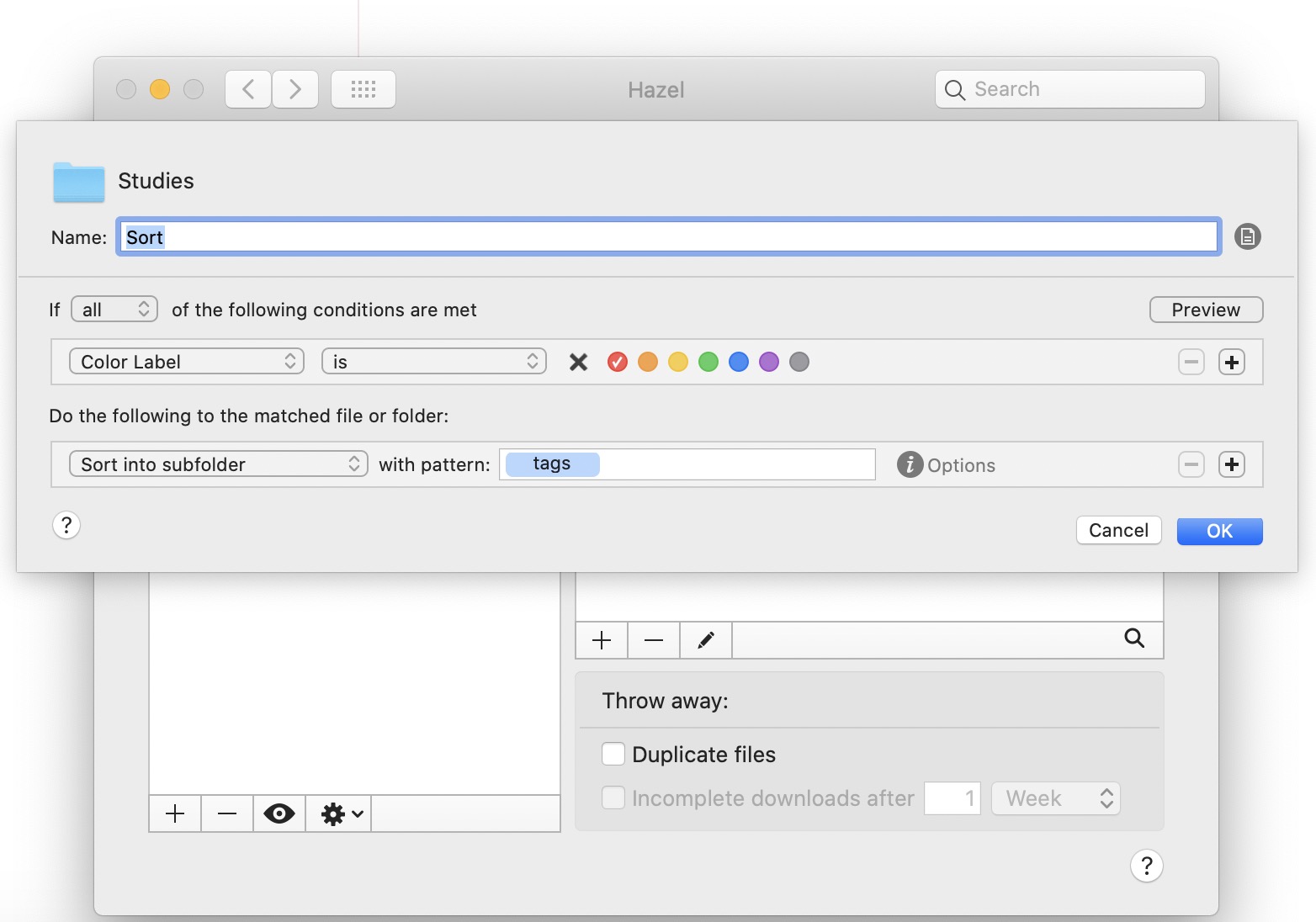
In the Finder, I’ve set up a bunch of smart folders that keep track of related files. For others, that means turning to some third-party utilities that let them manage files their way. For some, that means making the Finder work better, with smart folders and meticulous filing systems. But savvy users find ways to make them better. Documents that don’t match any existing criteria will be left in Incoming scans to be dealt with manually.OS X’s basic tools for finding and managing files-the Finder and Spotlight-are fine. If the file meets certain criteria (certain words or numbers), Hazel will rename the file, add the appropriate extension, and sort it into the correct folder. For example, you can have Hazel scan the contents of a file. For example, folders that are older than a certain number of days old can be sent to your trash folder or deleted automatically.īy placing your documents into the Incoming Scans folder, you can begin to tell Hazel how you want your files organized. Right after installing it, you are able to set up the rules you want Hazel to follow. Clicking the + button on the Rules editor allows you to add rules. It is easy to get started with Hazel even without being an advanced user.

Deleting duplicate and trash files and applications – When you are ready to delete an application, Hazel’s app sweep searches for any lingering support files to get rid of as well.


Of course, not taking the time to organize can lead to even bigger headaches.Ĭluttered computers make finding rogue files through search or Spotlight challenging. Dragging and dropping, copying and pasting, organizing files, re-organizing, setting up hierarchies, and creating folders can take up time.

File maintenance on your computer can be a pain.


 0 kommentar(er)
0 kommentar(er)
